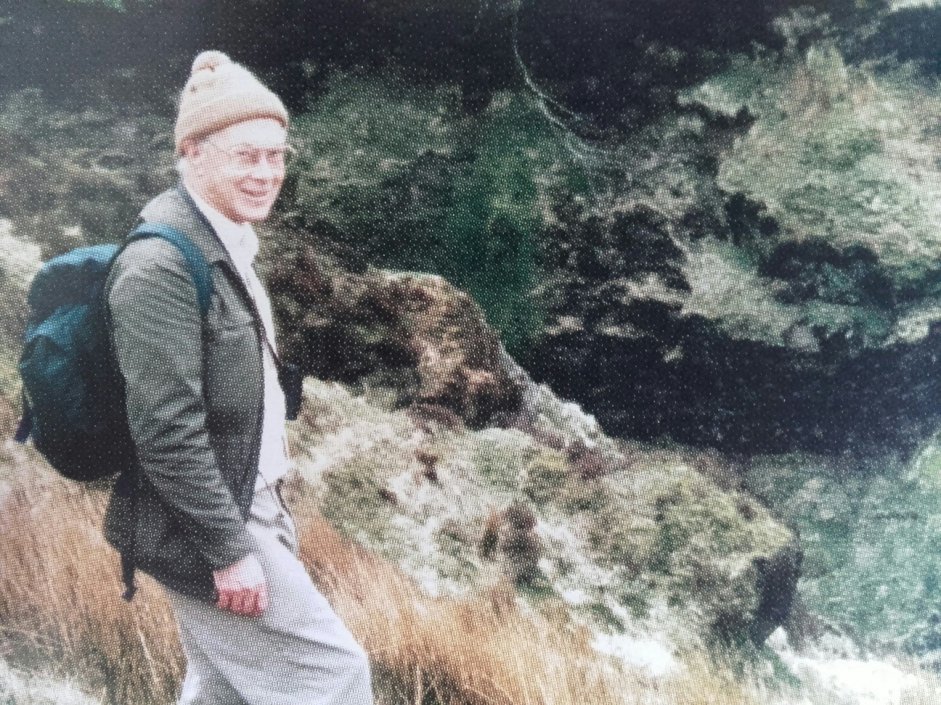PROJECT
BLOG
Restoring
Upland Nature
home to the south of scotland
golden eagle project
PROJECT
BLOG
Project Board member Des Thompson details a fascinating piece of history, which may be news for many people today!
A journey to Moffat, with Derek and Ian…
In 1973 Moffat was the destination of a car journey with profound implications for eagles – sea eagles!
After the last sea eagle in the UK was shot in 1918 (in Shetland) birds were seen in Scotland only as occasional vagrants.There were many ambitious plans to restore the sea eagle to Scotland, and John Love describes the early days of all this in his delightful book The Return of the Sea Eagle (1983).Two early attempts to restore the population involved the release of three birds in 1959 in Argyll, and four in 1968 on Fair Isle.Neither succeeded, with no breeding pairs established.
Fraught and tense discussions took place with some of the best ecological minds in the country thinking about how best to bring back this majestic bird.And this is where we come to the car journey!It was only when I was writing a chapter for Nature’s Conscience: the Life and Legacy of Derek Ratcliffe (2015) that I learnt of the role played by Derek Ratcliffe and Ian Newton – two global leaders in birds of prey conservation
Derek Ratcliffe visiting a raven nest site at Langholm, in 1999. Des Thompson
Early days in Edinburgh, and travels north and south
Ian at the time was based in 12 Hope Terrace, Edinburgh working as a fledgling research scientist with the Nature Conservancy, NC (from 1973, for the Institute of Terrestrial Ecology).Derek had been based in the same office, having joined the NC in 1956 as a botanist working with Donald McVean on what would be the classic book Plant Communities of the Scottish Highlands (1962).The older Derek and Ian struck up a warm and enduring friendship with frequent trips to study raptors and ravens.In 1970 Derek moved to London to take up the post of Deputy Director (Scientific) in the NC, working significantly on what was later to be described as nature’s doomsday book A Nature Conservation Review (two vols, 1977).Derek travelled north a lot and met up with friends and colleagues, and invariably this involved studying birds of prey.
Derek knew Galloway and the Borders intimately, and his New Naturalist volume bearing the name of these regions, and published posthumously (2007), describes in fascinating detail the landscapes and wildlife of the area.The detail in the book on the history of golden eagles and sea eagles is important, and was a stimulus for the South Scotland Golden Eagle Project.Derek loved spending time in the Borders, and in his memoir on early days, In Search of Nature (2000), he recounts a car journey north to Edinburgh for a conference in late March 1972.Travelling with Ian Prestt (who became Director General of the RSPB), they first stopped off at Langholm to check a raven nest site (the picture taken much later shows Derek at the site!) and then headed for Moffat where, in a nearby glen, they found a nesting golden eagle – a rare find then, as now.
Returning to the journey south!Ian Newton had begun a long-term study of sparrowhawks, and established two study populations, in Annandale in 1971 and Eskdale in 1972, with the work published in The Sparrowhawk (1986).Derek published the monograph The Peregrine Falcon (1980; 2nd edn. 1993), and later The Raven (1997) drawing heavily on observations in the south of Scotland – three richly acclaimed books.And so the two of them left Edinburgh, heading for Moffat to look for nesting sparrowhawks and check out some peregrine sites already well known to Derek.
Hatching the Sea Eagle plan
As they weaved south, Ian came up with an idea – to develop a fresh attempt at reintroducing sea eagles that would be far greater in scale than considered previously.As they talked through the detail, Derek urged Ian to develop a formal proposal.Shortly after they returned, Ian did so.The Advisory Committee on Birds, as it was then, met periodically in the monolithic St Andrews House in Edinburgh (from where First Minister Nicola Sturgeon currently gives her regular COVID-19 briefings). The Committee pronounced on novel and contentious bird issues, reported to the Sectretary of State for Scotland, and worked with Government departments, agencies and a wider range of organisations.Then chaired by Aberdeen University Regius Professor Vero Wynne-Edwards (the proponent of ‘group selection’), the Committee approved the proposal, and with the additional support of John Morton Boyd, appointed Director (Scotland) of the NC in 1970, the reintroduction began.
Sea eagles arrive!
In 1975 the first phase work saw the importation of 82 birds from Bodø, just north of the Arctic Circle in Norway.Rum was the destination, with the first record of nesting building made in 1981, the first breeding attempt recorded two years later, and the first chick reared in 1985.In 1993, a further release site was established in Wester Ross, with another 58 birds released until 1998.
Now in Scotland we have in excess of 130 pairs of sea eagles.A newly established population in the Isle of Wight is resulting in exciting sightings over England.
A car journey to Moffat, 47 years ago, gave rise to one of the most successful conservation reintroductions ever attempted.Ian Newton takes a keen interest in the South Scotland Golden Eagle Project, which is building on the sea eagle’s success and other international raptor reintroduction and reinforcement programmes.Moffat has added justification in claiming to be the first Eagle Town in the UK!
Huge Thanks to Des for adding this wonderful tale to our Blog!

